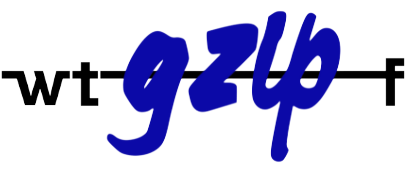What medications can you not take with Diflucan?
Clinically or potentially significant drug interactions between DIFLUCAN and the following agents/classes have been observed and are described in greater detail below:
- Alfentanil.
- Amiodarone.
- Amitriptyline, Nortriptyline.
- Amphotericin B.
- Astemizole.
- Azithromycin.
- Calcium Channel Blockers.
- Carbamazepine.
What drugs interact with ketoconazole?
Ketoconazole interacts with drugs such as cisapride, disopyramide, dofetilide, dronedarone, methadone, pimozide, quinidine, ranolazine, among others. These interactions may increase the risk of a certain condition that affects the heart rhythm (QT prolongation).
How quickly does diflucan work?
Diflucan begins resolving symptoms in 4 hours, with complete resolution in as soon as 16 hours for uncomplicated cases. More complex cases or repeated infections may require longer treatment durations to achieve complete resolution.
What is Diflucan 200 mg used for?
Fluconazole is used to prevent and treat a variety of fungal and yeast infections. It belongs to a class of drugs called azole antifungals. It works by stopping the growth of certain types of fungus.
Does Diflucan make you sleepy?
Fluconazole isn’t known to cause drowsiness, but it can cause other side effects.
Is Diflucan safe?
A prescription-event monitoring (PEM) study has confirmed that fluconazole, a bis-triazole oral antifungal drug, is a safe and effective treatment for vaginal candidiasis.
Is Diflucan an antibiotic?
Action: How Diflucan works Diflucan belongs to a group of medicines called azole antibiotics. It works by preventing the growth of the fungal and yeast organisms causing your infection.
What is ketoconazole 200 mg used for?
Ketoconazole is used to treat serious fungal or yeast infections, such as candidiasis (thrush, oral thrush), blastomycosis (Gilchrist’s disease), coccidioidomycosis (Valley fever, San Joaquin Valley fever), histoplasmosis (Darling’s disease), chromoblastomycosis (chromomycosis), or paracoccidioidomycosis (South …
Does ketoconazole treat yeast?
Ketoconazole is used to treat infections caused by a fungus or yeast. It works by killing the fungus or yeast or preventing its growth. Ketoconazole cream is used to treat: Athlete’s foot (tinea pedis; ringworm of the foot);
What does diflucan cure?
What are the most common side effects of Diflucan?
The most common side effects of Diflucan are: 1 headache. 2 diarrhea. 3 nausea or upset stomach. 4 dizziness. 5 stomach pain. 6 (more items)
How much Diflucan should I take after rifampin?
Administration of a single oral 200 mg dose of Diflucan after 15 days of rifampin administered as 600 mg daily in eight healthy male volunteers resulted in a significant decrease in fluconazole AUC and a significant increase in apparent oral clearance of fluconazole.
Does Diflucan increase prothrombin time response?
There was a significant increase in prothrombin time response (area under the prothrombin time-time curve) following a single dose of warfarin (15 mg) administered to 13 normal male volunteers following oral Diflucan 200 mg administered daily for 14 days as compared to the administration of warfarin alone.
What are the ingredients in Diflucan for oral suspension?
Diflucan for Oral Suspension contains 350 mg or 1400 mg of fluconazole and the following inactive ingredients: sucrose, sodium citrate dihydrate, citric acid anhydrous, sodium benzoate, titanium dioxide, colloidal silicon dioxide, xanthan gum, and natural orange flavor.
